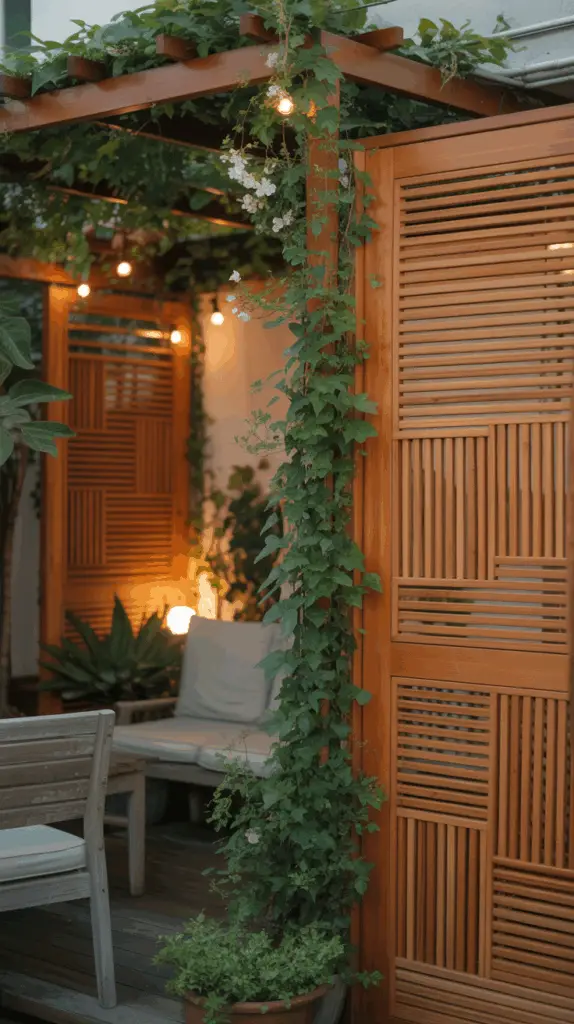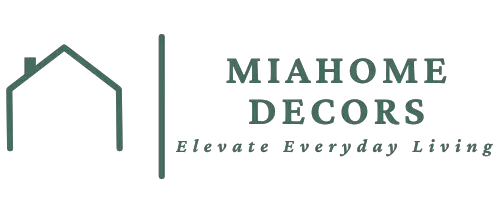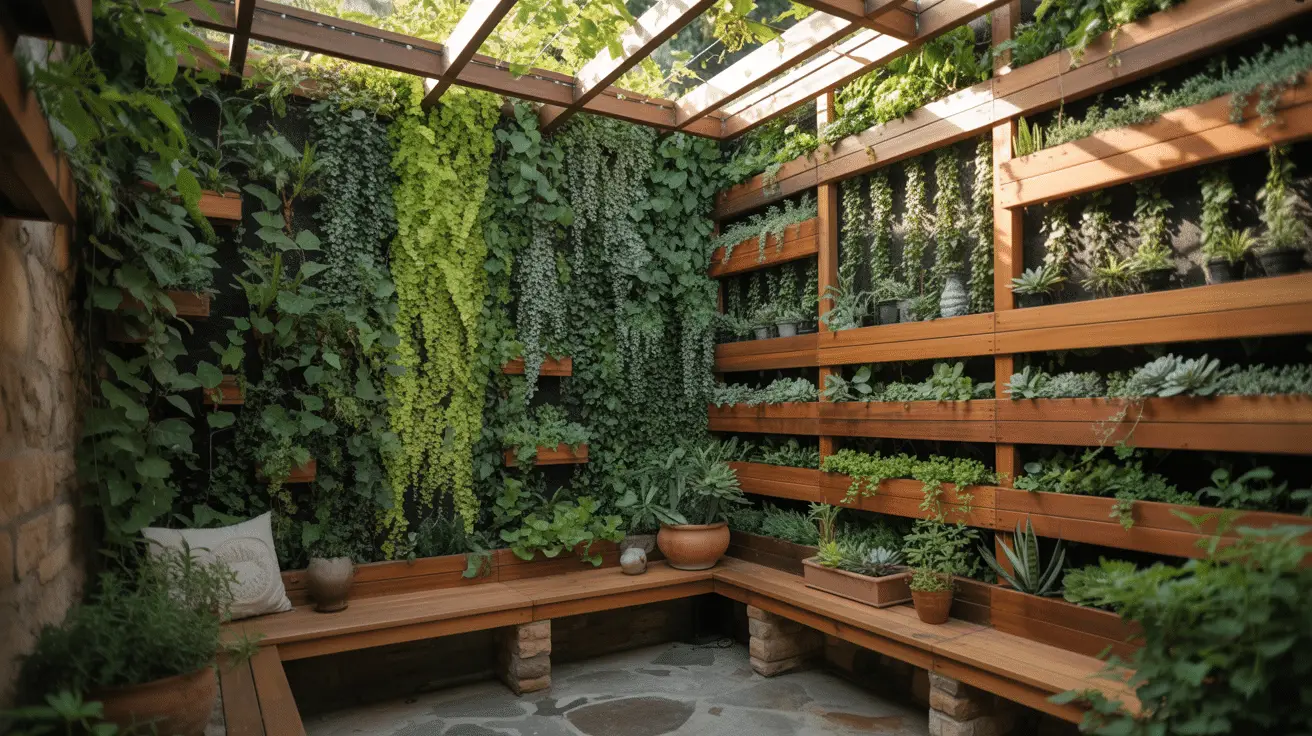Compact Yard Backyard Privacy Ideas for Small Gardens That Feel Spacious and Serene
Table of Contents
Introduction
Backyards, no matter their size, deserve a sense of peace and privacy. Yet for many homeowners with compact yards or small gardens, achieving that secluded, tranquil feel can be challenging. With homes built closer together and outdoor space becoming more limited, finding ways to create a private retreat without sacrificing style or space has become an art form.
According to a recent home design report, over 70% of homeowners say privacy is their top priority when designing outdoor spaces. And for small yards, clever privacy solutions can make the difference between an exposed patio and a cozy garden sanctuary.
Fortunately, you don’t need acres of land to enjoy solitude and beauty. With thoughtful design choices—like vertical gardens, decorative screens, or layered landscaping—you can carve out areas that feel intimate and inviting. In this guide, we’ll explore practical and creative compact yard privacy ideas tailored specifically for small gardens. You’ll find design inspiration, material suggestions, and detailed examples to help you create your own private oasis that feels both open and serene.
Using Vertical Gardens for Natural Privacy
When space is at a premium, thinking vertically is one of the smartest strategies. Vertical gardens provide privacy while adding lush greenery and texture to compact outdoor spaces. They’re ideal for creating a living wall that softens hard boundaries and transforms bare fences into beautiful, functional features.
You can design a vertical garden using climbing plants like ivy, jasmine, or clematis, which naturally weave into trellises or wire grids. Alternatively, modular wall planters filled with ferns, herbs, or succulents can bring life and vibrancy to small patios or balconies. The greenery not only enhances privacy but also improves air quality and adds natural insulation from noise.
To ensure a cohesive design, consider the materials of your containers and supports. Wooden trellises offer warmth and a rustic touch, while metal or composite frames fit well in modern, minimalist spaces. A drip irrigation system or self-watering planters make maintenance effortless.
Vertical Garden Planning Table
| Element | Best Option | Benefit |
| Climbing Plants | Ivy, jasmine, clematis | Dense, fast-growing coverage |
| Modular Planters | Wall-mounted boxes | Flexible and decorative |
| Trellis Material | Wood or metal | Matches style of garden |
| Watering System | Drip irrigation | Easy maintenance |
Decorative Privacy Screens That Add Style
Privacy screens are versatile solutions that combine functionality and aesthetics. In small gardens, where fencing options may be limited or space is too tight for hedges, decorative panels can define zones without feeling confined.
Modern privacy screens come in various materials—wood, metal, composite, or even laser-cut aluminum designs. They can act as stand-alone features or be integrated into existing fences and pergolas. Wooden slatted panels provide a balance of light and shade, while patterned metal screens add artistic flair and durability.
Placement is key: use screens strategically to block direct views from neighbors or busy streets, while maintaining airflow and openness. Pair them with planters, hanging lights, or climbing vines for a layered look that feels natural and inviting.
Privacy Screen Comparison Table
| Material | Pros | Best For |
| Wood | Warm, natural look | Traditional or rustic gardens |
| Metal | Modern, durable | Contemporary designs |
| Composite | Low maintenance | Humid or rainy climates |
| Bamboo | Eco-friendly and flexible | Bohemian or tropical themes |

Layered Landscaping for Depth and Seclusion
Layering is a powerful design technique that brings both privacy and beauty to compact yards. Instead of relying on a single tall barrier, combining different heights and textures creates natural screening that feels organic rather than closed off.
Start with taller elements such as ornamental grasses, bamboo, or dwarf trees to form a soft upper layer. Then add mid-height shrubs like boxwood, hydrangeas, or rosemary for visual interest. Finally, complete the base with low-growing plants or ground cover to blend everything together seamlessly. This gradual transition of height tricks the eye into perceiving more depth, making the garden feel larger.
For added dimension, use raised planters or retaining walls to elevate greenery where space is limited. Curved planting beds and mixed textures—leafy greens with flowering accents—enhance the visual flow while creating natural privacy zones.
Layered Landscaping Guide
| Layer | Plants | Function |
| Upper | Bamboo, ornamental grass | Height and screening |
| Middle | Hydrangea, boxwood | Structure and density |
| Lower | Lavender, creeping thyme | Softens edges |
Pergolas and Overhead Structures for Cozy Enclosure
When horizontal space is limited, a pergola offers vertical protection and ambiance. It defines a private area without fully enclosing it, striking the perfect balance between openness and intimacy. Adding climbing vines, fabric drapes, or shade slats enhances coverage while creating a cozy atmosphere for lounging or dining.
Choose materials that complement your garden’s style. Natural wood pergolas bring rustic warmth, while black metal frames lend a modern edge. For small yards, opt for slim, lightweight designs that won’t overwhelm the space. Incorporate lighting—such as fairy lights or lanterns—to transform your pergola into a nighttime retreat.
If a full pergola isn’t possible, consider smaller overhead solutions like a retractable canopy or shade sail. These provide flexible coverage and visual structure, helping define outdoor “rooms” even in tight spaces.
Pergola Design Breakdown
| Feature | Benefit | Tip |
| Climbing Plants | Adds green privacy | Choose fast-growing vines |
| Fabric Canopy | Shade and softness | Use weather-resistant material |
| Lighting | Enhances ambiance | Combine string and lantern lights |
| Material Choice | Affects mood | Wood for warmth, metal for sleekness |
Compact Fencing Solutions That Maximize Space
Traditional fencing can sometimes feel too heavy for small spaces, but with the right design, it can offer privacy without crowding the yard. Opt for lighter materials and partial visibility—such as horizontal slats or alternating panels—to keep the area feeling open and airy.
Cedar or redwood fences add timeless warmth, while composite materials ensure durability with minimal upkeep. For a modern twist, try mixed materials like wood and metal combinations or glass panels framed with wood for an elegant edge.
You can also increase fence height strategically by adding lattice or trellises on top, creating privacy where it’s needed most without blocking natural light. Painting fences in muted tones like sage, charcoal, or cream helps them blend seamlessly into the surrounding landscape.
Compact Fence Options
| Fence Type | Style | Ideal Use |
| Horizontal Slats | Modern & sleek | Urban small yards |
| Lattice Extension | Light & airy | Garden patios |
| Wood & Metal Mix | Contemporary | Transitional homes |
| Living Fence | Green & lush | Natural aesthetics |
Using Potted Plants and Containers for Flexible Privacy
For renters or those who prefer non-permanent solutions, container gardening is a simple yet effective way to create privacy. Large pots filled with tall plants or small trees act as portable screens that can be rearranged to suit different layouts.
Planters made of concrete, ceramic, or wood can add architectural character. Fill them with bamboo, palms, or ornamental grasses for height, or mix flowering plants for a pop of color. Arranging containers in staggered rows helps block views while maintaining airflow and visual interest.
Container gardening is also perfect for patios or balconies where ground planting isn’t an option. Use varying pot sizes and heights to create depth and make your compact garden feel layered and dynamic.
Container Garden Layout
| Plant Type | Height | Privacy Effect |
| Bamboo | Tall | Creates vertical coverage |
| Ferns | Medium | Adds lush fullness |
| Lavender | Low | Softens edges with scent |
| Palms | Tall | Adds tropical feel |
Water Features and Sound Barriers for Serenity
Sometimes, privacy isn’t just visual—it’s about creating acoustic comfort. In compact yards where neighbors are close, adding a water feature can mask unwanted noise while introducing a soothing ambiance.
A small wall fountain, bubbling urn, or pondless waterfall can fit beautifully in tight spaces. The gentle sound of flowing water distracts from surrounding noise, enhancing both relaxation and intimacy. Materials like stone or ceramic pair perfectly with natural landscapes, while stainless steel fountains suit modern aesthetics.
To amplify the effect, combine water features with soft landscaping elements like moss, pebbles, and leafy plants to absorb sound naturally. Position your fountain strategically near seating areas or boundaries that need the most auditory privacy.
Sound Privacy Enhancers
| Feature | Function | Aesthetic |
| Wall Fountain | Masks noise | Classic elegance |
| Bubbling Urn | Compact option | Minimalist style |
| Pondless Waterfall | Natural sound | Organic look |
| Wind Chimes | Adds harmony | Artistic accent |
Conclusion
Even the smallest backyard can become a private retreat with the right design approach. By layering greenery, incorporating stylish screens, and adding thoughtful architectural touches, you can create a compact yard that feels open yet intimate. Whether through vertical gardens, pergolas, or potted plants, privacy doesn’t have to mean isolation—it can mean comfort, beauty, and balance.
The key lies in creativity and cohesion. Each element, from fencing to foliage, should serve both form and function, turning your small garden into a personal haven of peace. With these compact yard privacy ideas, you can transform limited space into limitless tranquility.

